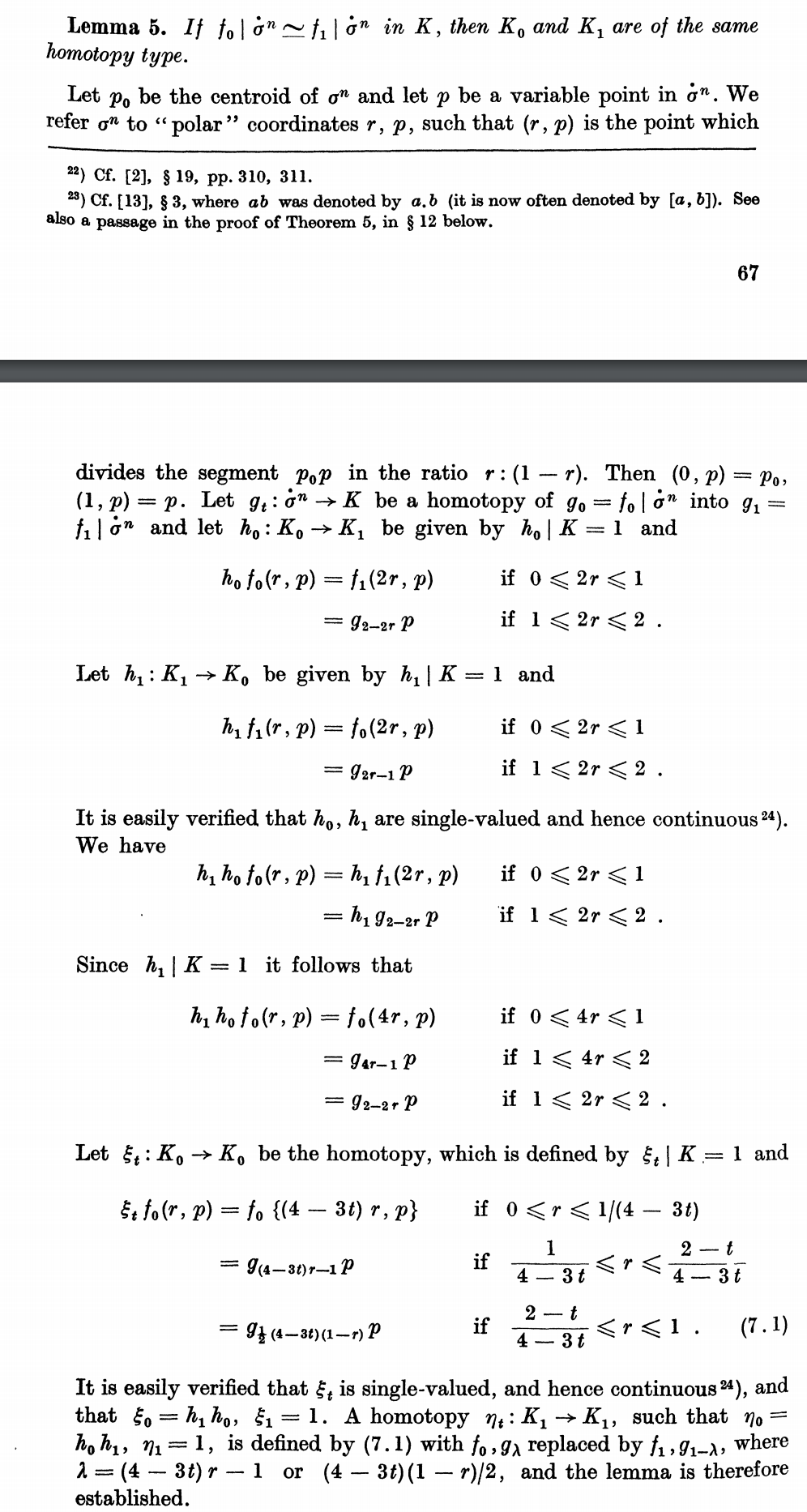To me, it feels like a silk sliding across my tongue, and has a mild taste quite different from the refreshing minty cool taste of bottled mineral water
and no, you won't die if you drink it unless you drink litres ,causing your body osmotic pressure to increase so much that your red blood cells started to burst
and no, you won't die if you drink it unless you drink litres ,causing your body osmotic pressure to increase so much that your red blood cells started to burst




